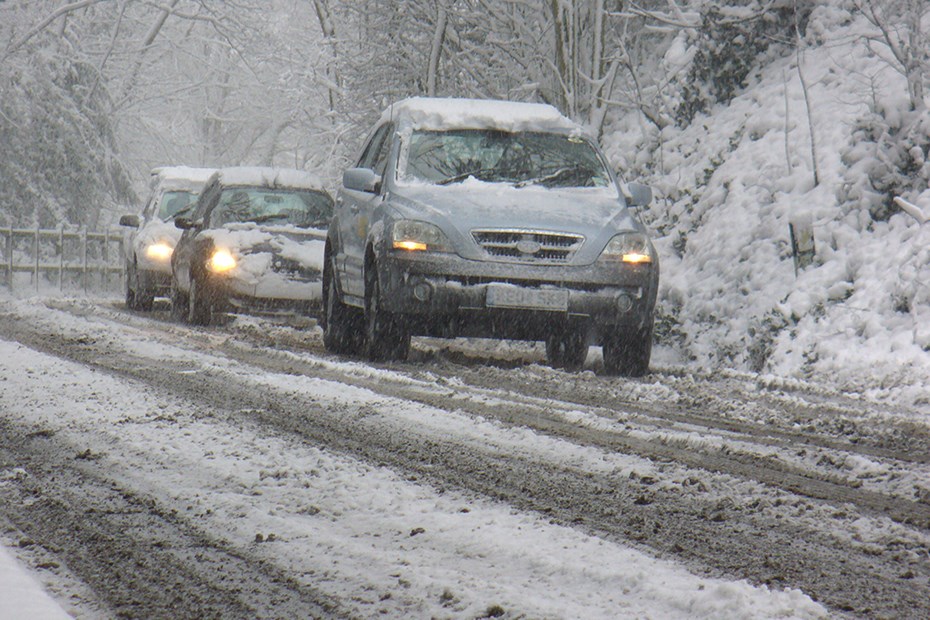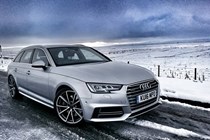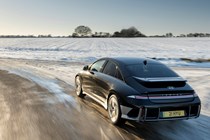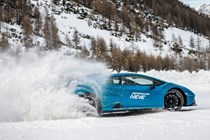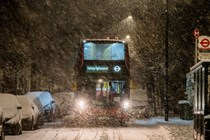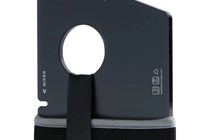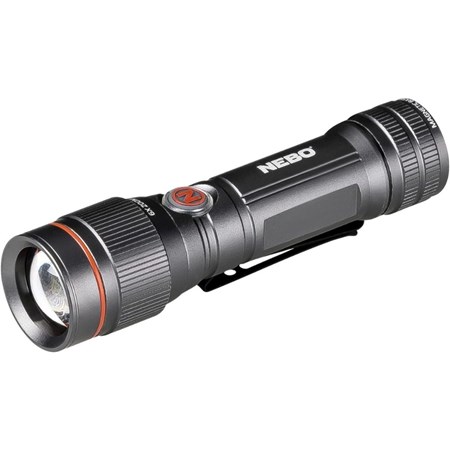British winters are notoriously unpredictable and that can make driving a real challenge. Snow can turn roads into toboggan runs in a matter of minutes, black ice can turn them into skating rinks. And there’s the rain, fog, gale-force winds, long dark nights and so on, and so on. All of which means winter driving in the UK requires careful attention and preparation.
When the weather takes a turn for the truly dangerous, the government usually advises against travel – of all kinds, not just driving. But it’s not always an option to stay at home if you need to get to work or attend to vital family matters. So you need to be ready for whatever challenges may come up during your journey.
This article is the first stage in preparing. In it, we’re going to cover everything you need to know, think about and be aware of every time you venture out on the road during winter. You’ll find loads of hints that will help you navigate winter conditions and keep you, your passengers and other road users safe.
How to drive in snow
Driving in snow can be really challenging but there are a few basic principles you can stick to that make it easier and safer. Pull away from stationary in second gear to reduce wheelspin, keep your speed down, maintain a large gap to the vehicle in front, and avoid hills if possible.
Remember that there is very little grip on a snow-covered road, so it takes longer for your car to react to the steering and particularly the brakes. Stopping distances can be as much as 10 times longer. It’s also more likely that the car will skid out of control if you press on the brakes heavily or go round a corner too quickly.
We have a full guide on how to drive in snow that goes into much more detail on these and other points.
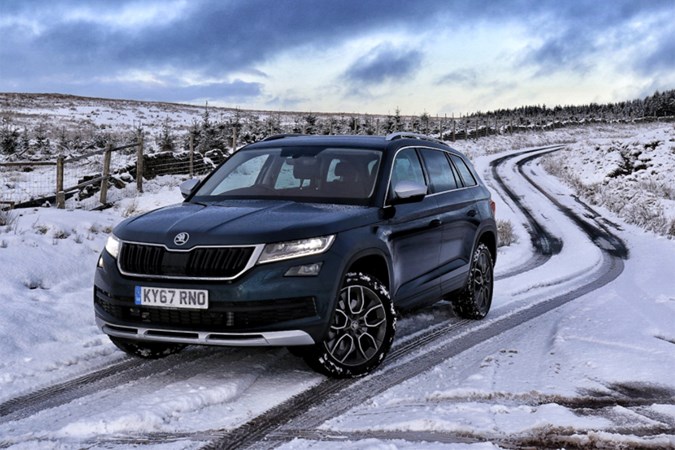
Use the right lights at the right time
Though it’s not a legal requirement in UK, there’s an argument that it’s sensible to have your car’s dipped headlights on at all times of day during winter. Especially on cloudy days with few hours of daylight.
But you certainly need to turn the headlights on when it starts raining or snowing; they’re useful in low sun, as well. And don’t forget to turn your fog lights on when driving on foggy day. Remember, your car’s lights are there so you can be seen, more than so you can see.
We have a full guide covering exactly when to use your car’s headlights, especially in winter.
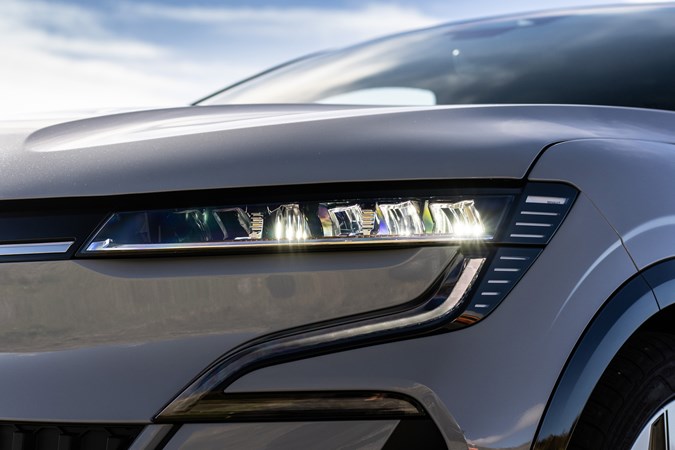
Beware of black ice
Black ice is a very thin, transparent layer of ice that blends into the surface below, making it very difficult to spot. And that can make it extremely hazardous when it forms on roads. It’s most likely to form on patches of road that are prone to collecting water, under trees and particularly on bridges.
If you know a road well, you should have a pretty good idea of where black ice is likely to form. If you’re in unfamiliar territory, pay close attention to the contours of the road and where light falls – black ice sticks around longer in shade.
Your car could skid on black ice – our guide to driving in snow explains how to deal with different types of skid.
How to drive in heavy rain and floods
Biblical rainstorms and flooding are an increasing common occurrence during British winters, and they present a significant driving challenge. As with so much of winter driving, the key to staying safe is to slow down and keep your distance from the vehicle in front, giving you the time and space to react to any hazardous situations that develop.
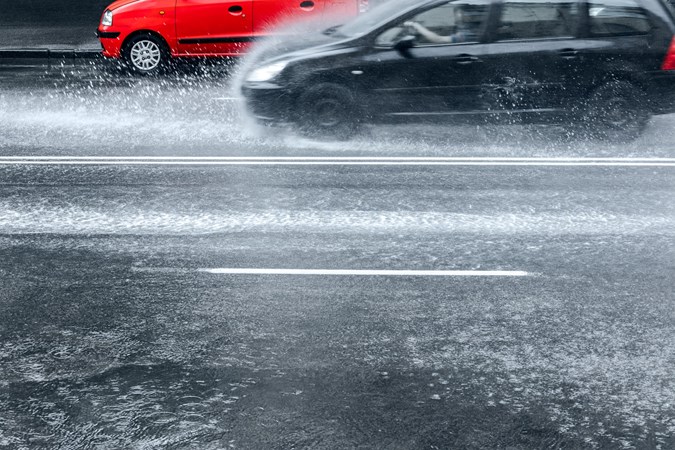
You also need to scrutinise the road surface for large puddles and rivers flowing across. Actual floods present an even bigger challenge. They’re best avoided if at all possible; if not, you should proceed with extreme caution and only if you’re sure the water isn’t deep enough to float your car.
We have full guides on how to drive in heavy rain and how to drive through floods that expand on these points.
Decide if your journey is essential
The government and motoring organisations such as the AA and RAC advise against all but essential travel in severe weather. We fully endorse that advice. Plus, if you’re not on the road when you don’t really need to be there’s more space for those that do, such as the emergency services.
Plan your journey carefully
Always expect the unexpected when driving in winter. The weather may be fine when you set off, but it could close in by the time you head back, making the journey much more difficult. So it could pay to leave earlier to miss the worst of it.
If snow is in prospect, it’s wise to avoid hills as far as possible, because they can become treacherously slippery. Not only does that make driving on them more dangerous, hills on busy roads can become gridlocked as drivers struggle or fail to get up them. It’s sensible to know what options you have for diversions generally, in case the road becomes impassable.
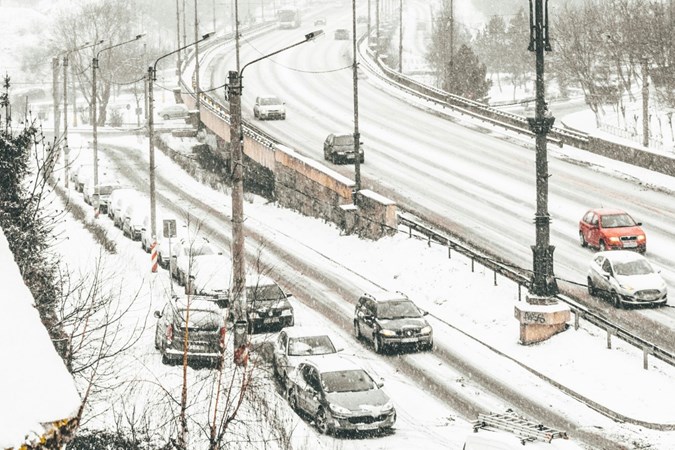
Apps such as Google Maps and Waze are useful to have as they can provide real time traffic updates and diversion routes. Waze can also provide user-generated advice on which roads to avoid because they’re blocked by snow or flooded.
How to drive in fog
Of all the winter driving situations you can find yourself in, fog is arguably the most dangerous. Even if you do everything right, too many drivers go too fast for the reduced visibility, which can have devastating consequences. But taking the correct precautions will help keep you safe.
Back sure you turn your car’s dipped headlights on as soon as you enter even thin fog and turn the fog lights on once visibility is down to 100 metres or less. You should also slow down to a speed that will allow you stop in the distance you can see ahead.
We have a full guide on how to drive in fog that expands on these and other points.
Clear any snow or ice from your car’s windows
The Highway Code is clear: before you set off on any journey, your car’s windscreen and front side windows must be fully cleared of snow and ice, so you have an unobstructed view of the road. Failing to do so puts you and other road users at risk and could result in a hefty fine and driving license penalty points if you’re caught by the authorities.
It doesn’t stop there, either. Snow left on the roof, bonnet and boot can slide onto the windscreen or fall off the car, creating a hazard for other road users. If that happens, you could, again, receive a fine and penalty points.
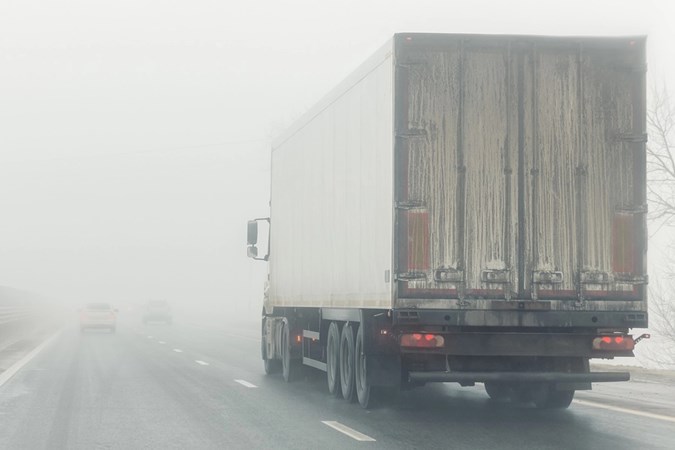
All-round visibility is critical in winter driving, so you should also take the time to clear your car’s door mirrors, lights and number plates. That bit of extra preparation will ensure your journey is safer and avoid any unnecessary penalties.
We have a full guide on clearing your car’s windscreen and windows that explains how to do it most effectively, and covers some nuances you may not be aware of.
Check your car’s tyres
A tyre’s tread is designed to clear water and muck from the road surface, maximising the grip the tyre provides. The deeper the tread, the more water/muck can be cleared. Give your tyres a check periodically to make sure they’re in good overall condition and that there’s plenty of tread left. The legal minimum is 1.6mm but you want at least 3mm for safe winter driving.
We have a full guide on how to check your car’s tyres which explains exactly what to look out for. You may also want to consider having your car fitted with winter tyres.
Check your car’s screen wash, wipers and lights
As mentioned earlier, good visibility is key to being able to drive safely in winter and keeping your car’s windscreen clean and clear is a crucial element in that. Keep the washer fluid topped up with the correct mix of water and screen wash. Check the container for the recommended ratio for winter conditions, which will help prevent the fluid freezing in the reservoir and pipes.
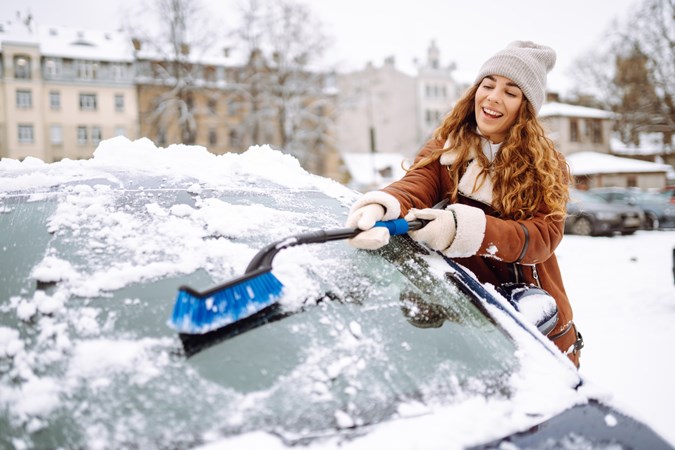
Similarly, you should check that your car’s windscreen wipers are in good condition and can clear the glass effectively. Before setting off on a cold morning, gently lift them off the windscreen to make sure they’re not stuck. If they are, use the demister or lukewarm water to free them off. Don’t use the wipers on ice as it damages the blades.
Lastly, make sure all of your car’s lights and in working order and free of road grime. That includes easily forgotten ones such as the fog lights, reversing lights, indicator side repeaters and number plate lights. A quick wipe with a clean cloth before each journey will ensure you can see and be seen. While you’re at it, wipe the number plates over as well. Dirty plates could land you with a fine and driving license penalty points.
Keep a winter survival kit in your car
There are various items it’s sensible to keep in your car during winter that will help you get going if you become stuck, and keep you safe if that happens. The basics include food and drink, a blanket and a high-vis jacket; here are some other things you might what to consider getting.
Parkers' top recommended ice scraper
Pros
- Very robust
- Looks good, too
Cons
- It's not exactly cheap
Parkers' top recommended torch
Pros
- Useful in many situations
- It's very well made
Cons
- Potentially a bit overkill
Parkers' top recommended folding shovel
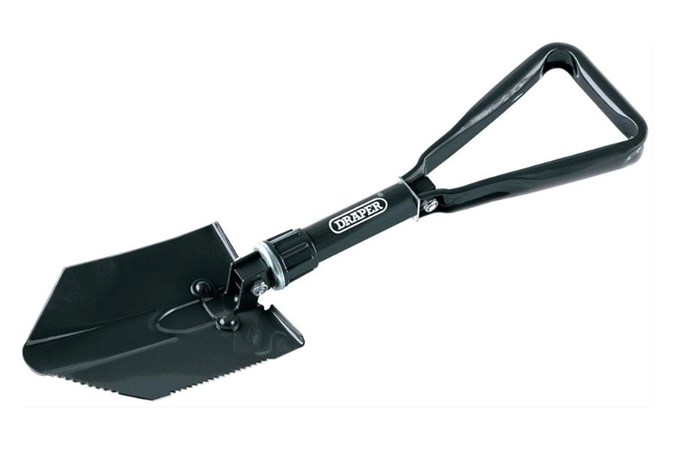

Pros
- Compact when folded
- Comes with a storage pouch
Cons
- Small size can make digging hard work
UK winter driving FAQs
How can I drive better in winter?
The best thing to do is invest in some driver training. A skidpan or rally driving course will give you a safe experience of what it feels like to be in a skid and how to control it. There are also some dedicated winter driving courses available in the UK, which allow you to get to grips with driving in slippery conditions in a safe, controlled environment. For more advanced training, there are a number of ice driving schools based in Scandinavia that you could go to, as well.
What is the AA advice for winter driving?
The first point the AA raises, quite sensibly, is to consider whether you need to travel at all. You and your car might be perfectly capable of reaching your destination, but road and weather conditions may make doing so extremely difficult. Other key points include driving gently, leaving plenty of room to stop or take avoiding action, and considering having your car fitted with winter tyres.
Is it safe to drive in the UK in winter?
Driving in the UK’s winter weather is, of course, more challenging and risky than driving in summer. But you can minimise the dangers by apply the advice given here. Fortunately, the weather is rarely so bad that driving becomes truly dangerous but, if you’re a less confident driver, it might be better to stay off the road or get yourself some extra training.
What should I do if my car skids?
If your car’s back wheels start to skid, look to where you want to go and gently steer in that direction. Simultaneously, gently lift off whichever pedal your right foot is on. The latter point also applies if the front wheels start to skid. The tyres should soon start gripping again so you can continue on your way. We explain how to deal with a skid in more detail in our article covering how to drive on snow.
Can I drive an automatic in the snow?
Yes, absolutely. Most modern automatic cars have a winter or snow mode which reduces wheelspin by setting off in a higher gear and changing up as soon as possible. If not, you should be able to take manual control of the gears to achieve the same effect. The key is to drive smoothly, accelerate gently and let the car do the work.
Just so you know, we may receive a commission or other compensation from the links on this website - read why you should trust us.


